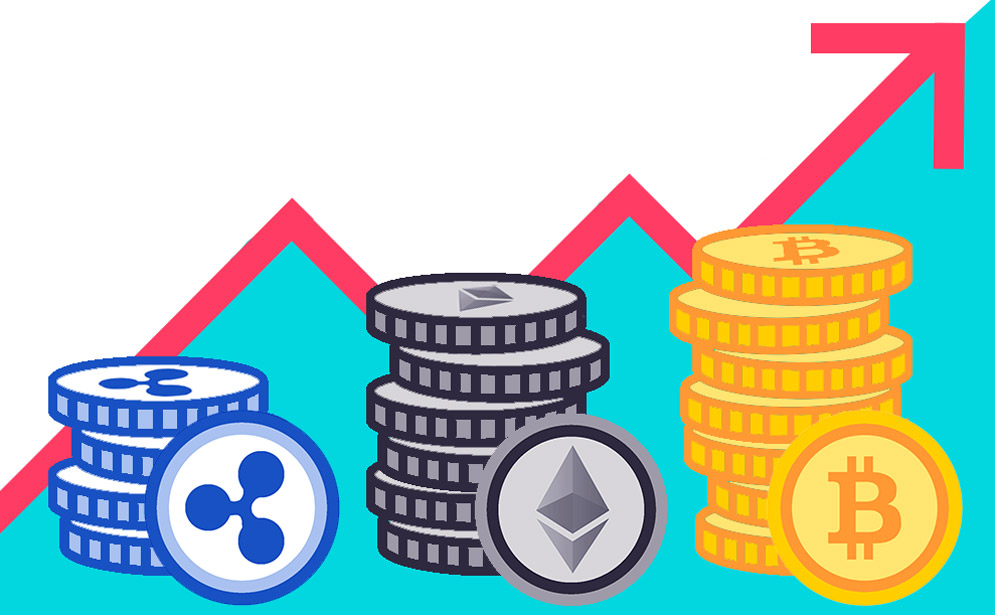Defining normalized earnings
Normalized earnings help businesses, financial analysts, investors, and stakeholders identify their finances’ actual performance by not considering onetime effects or events. These are adjustments made when one-off effects occur, as these effects may impact a company’s real net income.
Gains and losses that are non-recurring and normalizing earnings
Normalized earnings give ideas and insights to analysts, investors, or stakeholders on the common income statement. We can eliminate one-off or non-recurring events like lawsuits, defective assets, or unique assets when we normalize earnings because they are not related to its core business activities. These gains and losses may impact the cash flow and net income. Overall, they don’t reflect the company’s performance for an extended period, so they have to be eliminated to avoid an inaccurate earnings trend.
Discretionary expenses and normalizing earnings
When normalizing earnings, fair market value price expenses must not be recorded but adjusted instead. Why? If the company goes on sale in the future, the buyer will not expect that these expenses happen often. However, if there is a need to record these expenses, there should be particular indications that the company did not incur them.
When a company has seasonal sales or the sales go in a cycle, it should adjust overtime earnings through moving average.
Example scenarios of normalizing earnings
Isabel owns a real estate company. However, her friend wants to buy it, and she agrees to the sale. Isabel has certain expenses that are one-off and eliminated from the actual financial statement. The first expense that she removed is from a lawsuit that cost her a massive amount. The second one is when Isabel announced that the employee who will generate the highest sales would receive a generous bonus amount. As a result, they developed a noticeably high revenue for that period, and she gave a bonus to the employee that raised the highest sales. Again, let us take note that these expenses are not always happening. Isabel eliminated them to normalize the earnings because they are only a onetime event.
Another example is when a company owns vehicles such as delivery trucks or cars that are old. When they depreciate, a company may want to change them into newer models. A company can realize a normalized financial statement if they remove the expenses incurred when purchasing the more recent versions of the vehicles.
Understanding normalized earnings further
We would often encounter the term normalized earnings in mergers and acquisitions. Other times, we can also see this in business evaluations and benchmarking. Normalized earnings avoid financial dilemmas like earning fluctuations. In this way, analysts may identify the actual average annual earnings. It is also an excellent way to assess the company’s financial health.
Normalized earnings are ideal for comparison purposes in business valuations. On the other hand, this might not be the case for some private companies as they might use a first-in, first-out method. This technique may be different from the normalized earnings method, but it can also impact a company’s earnings value.




